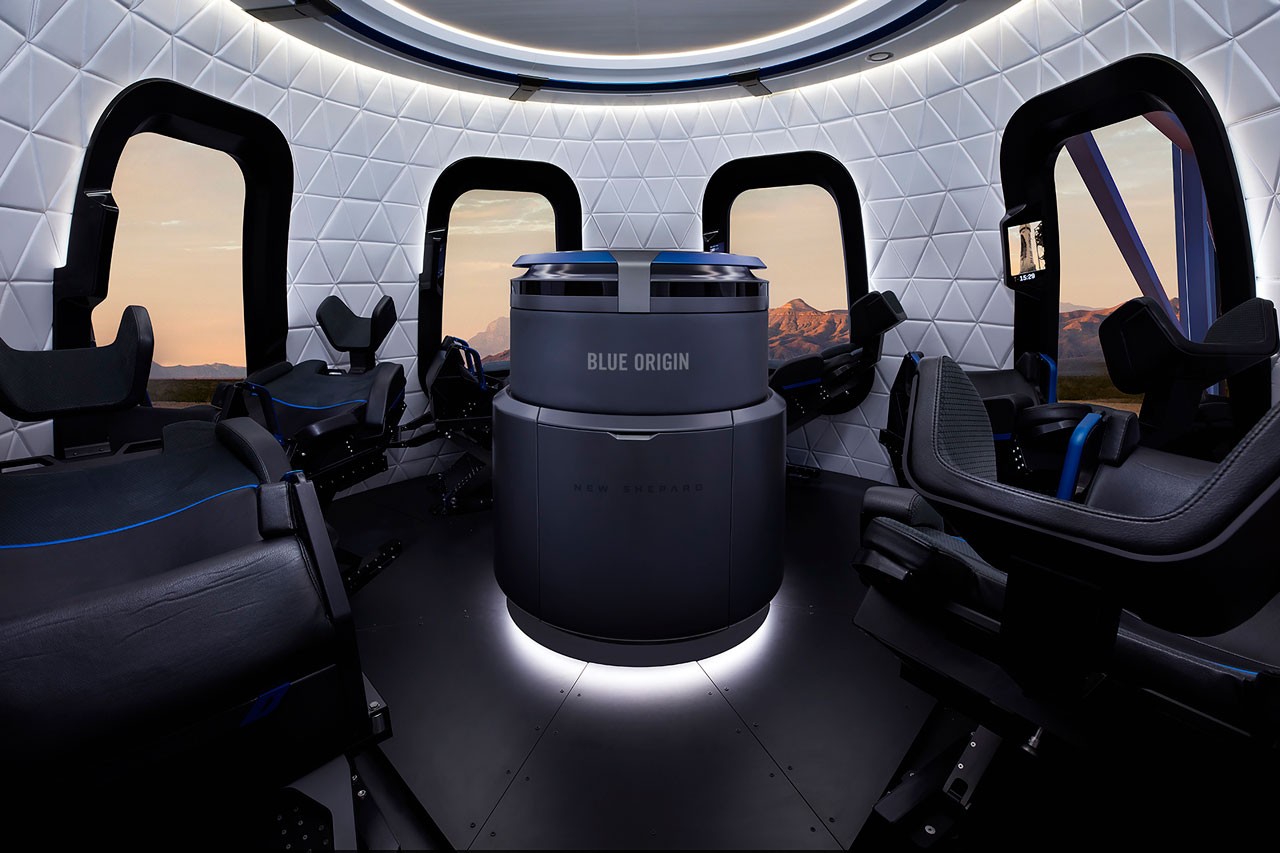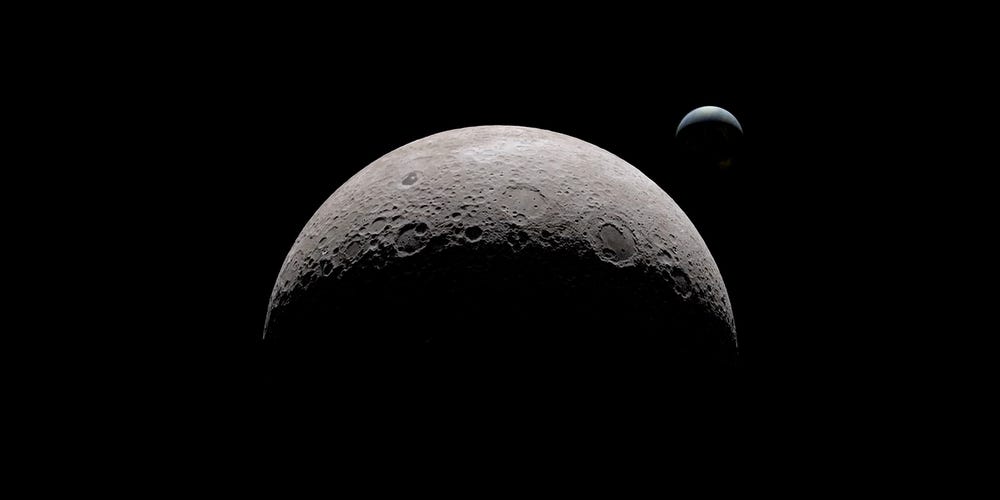Earth’s nearest planetary neighbor will be subject to NASA’s two new missions, for the first time in 30 years. The space agency says it wants to better understand how the inferno-like planet became the way it is.
As part of NASA’s Discovery Program, which began in 1992, the new missions to Venus are aimed at uncovering the differences between the scorching world of Venus and Earth. In a press release on Wednesday, NASA said Venus “may have been the first habitable world in the solar system, complete with an ocean and Earth-like climate.”
In February 2020, NASA selected four possible missions to study the secrets of the solar system, awarding two Venus-centered missions the top prizes of approximately $500 million per mission for development. Each mission is expected launch sometime between 2028 and 2030.
The first mission, called DAVINCI+ (Deep Atmosphere Venus Investigation of Noble gases, Chemistry, and Imaging), will measure the composition of Venus’ atmosphere to determine how it was formed. This mission will also look at whether the planet ever had an ocean — an important part of determining if the planet could sustain life. The mission will plunge a sphere into the fiery planet’s thick atmosphere, taking precise measurements of noble gases and other elements along the way to uncover why Venus is so scorching hot.
DAVINCI+ will also bring back the first high resolution pictures of Venus’ “tesserae,” which may be similar to Earth’s continents and could help scientists better understand if the planet may have tectonic plates. It would be the first U.S.-led mission to Venus’ atmosphere since 1978.
The second mission, called VERITAS (Venus Emissivity, Radio Science, InSAR, Topography, and Spectroscopy), will map out Venus’ topography to give scientists insight into why the planet developed so differently than Earth. Using a synthetic aperture radar, the mission will orbit around Venus and chart surface elevations to reconstruct a 3D image. VERITAS will also map out infrared emissions from the planet to determine if the planet is releasing water vapor into the atmosphere.
“We’re revving up our planetary science program with intense exploration of a world that NASA hasn’t visited in over 30 years,” said Thomas Zurbuchen, NASA’s associate administrator for science. “We’re ushering in a new decade of Venus to understand how an Earth-like planet can become a hothouse.”
“It is astounding how little we know about Venus, but the combined results of these missions will tell us about the planet from the clouds in its sky through the volcanoes on its surface all the way down to its very core,” said Tom Wagner, NASA’s Discovery Program scientist.




